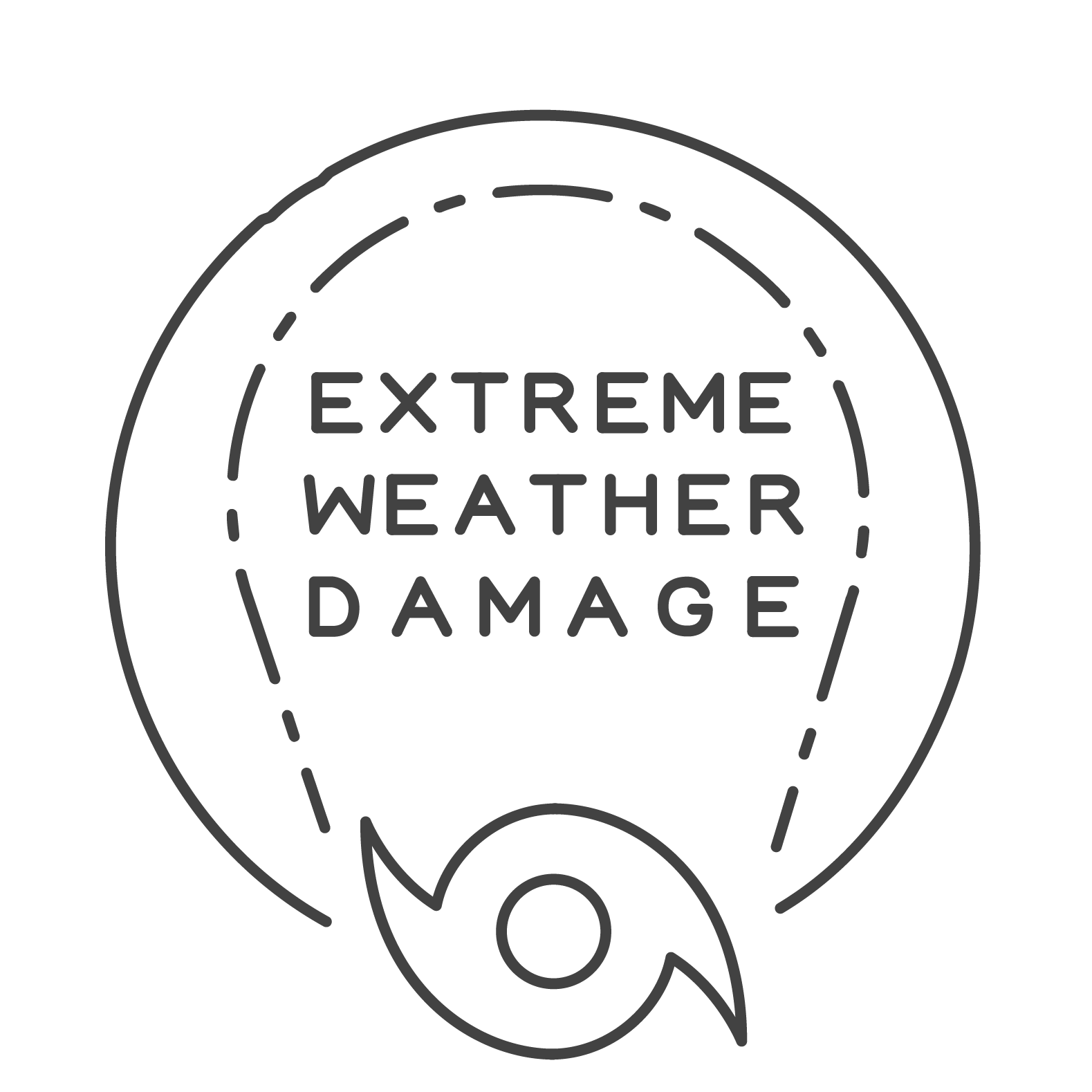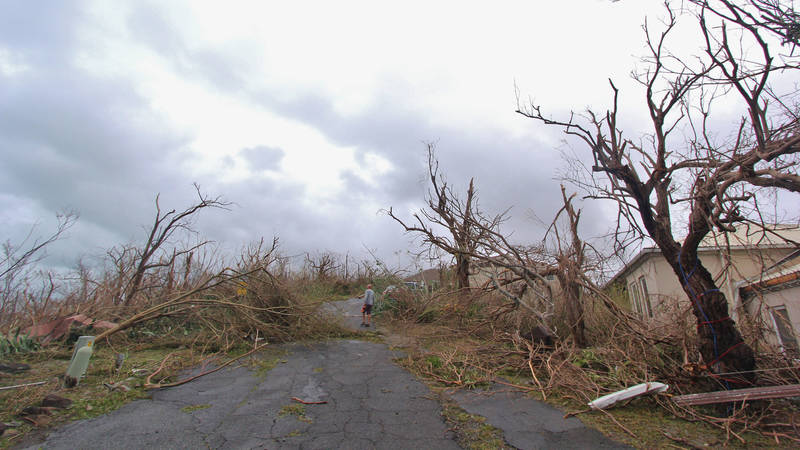Climate Impact
Extreme Weather Damage

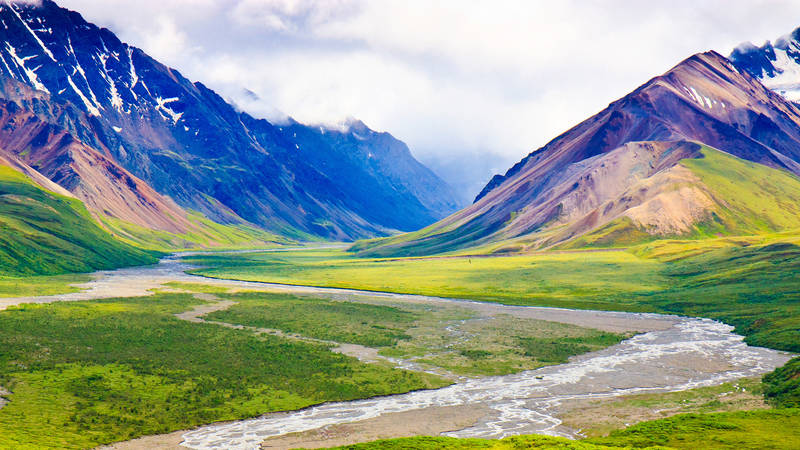
How the Climate Crisis Is Affecting National Parks
Climate change is the greatest threat the national parks have ever faced. Nearly everything we know and love about the parks — their plants and animals, rivers and lakes, glaciers,…
See more ›The Outer Banks region of North Carolina is a popular vacation destination with three national park sites on its barrier islands:
Cape Hatteras National Seashore, 30,000 acres of beaches, dunes, marshes and woodlands featuring three historic lighthouses
Cape Lookout National Seashore, a mostly undeveloped park, accessible only by boat, with wild horses and shorebirds roaming its beaches
Wright Brothers National Memorial, windy dunes where the first human-powered flight took place and where visitors can see replicas of Wilbur and Orville Wright’s early flying machines
Case Study: Portsmouth Village
Together, these parks attract more than 3 million visitors a year and bring valuable tourism benefits to the tens of thousands of people who live in the region. The parks also serve as natural buffer zones, protecting communities from bearing the brunt of severe storms — but changing weather patterns threaten these important parks and the people who depend on them.
The climate crisis is causing warmer ocean temperatures and higher sea levels, which intensify storms and make these coastlines more vulnerable to damage and erosion. Wave heights during summer hurricane seasons have increased significantly since the 1970s and will likely continue to increase due to changing wind patterns and sea-level rise. Extreme storms damage historic structures and degrade beaches. Threatened and endangered sea turtles, which thrive in the region, depend on the islands’ dunes for nesting and could be harmed by more frequent storms and severe weather.
By the end of the century, if we do not act, the combination of sea level rise, increased storm intensity and shifting currents could cause some barrier islands to disintegrate and collapse completely.
If we hadn’t moved the lighthouse, we’d be regularly dealing with the wrath of the ocean pounding that lighthouse in tropical storms and hurricanes.
Cross-Cutting Impacts
The problem is not unique to the Outer Banks. Assateague Island National Seashore in Maryland and Virginia also suffers significant erosion and degradation. Virgin Islands National Park and the communities around it experienced severe damage from Hurricanes Irma and Maria in 2017. And in 2012, Hurricane Sandy wreaked havoc on 24 U.S. states, as well as Jamaica and parts of Canada, devastating major urban areas and park sites and causing more than $70 billion in damage.
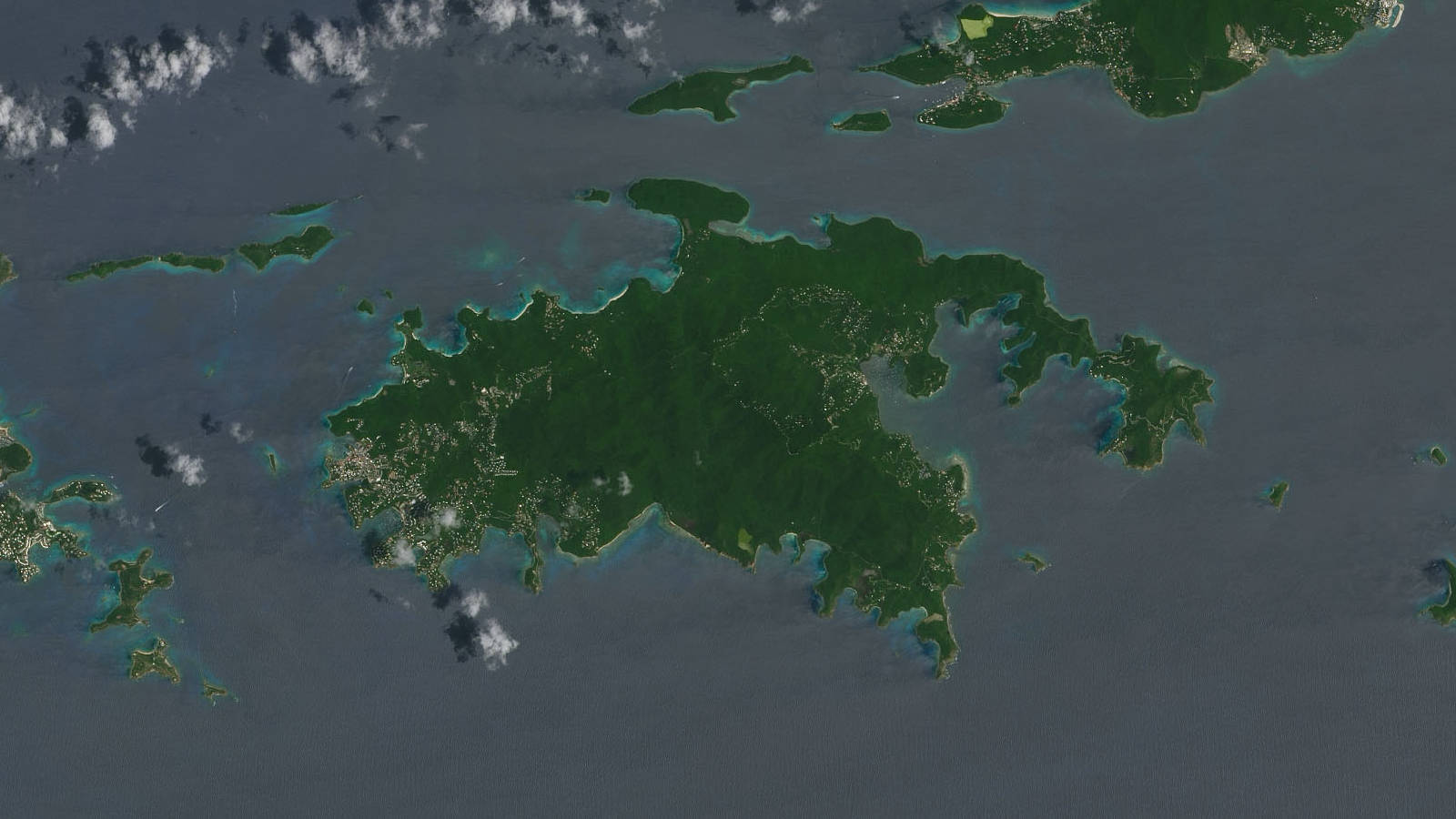
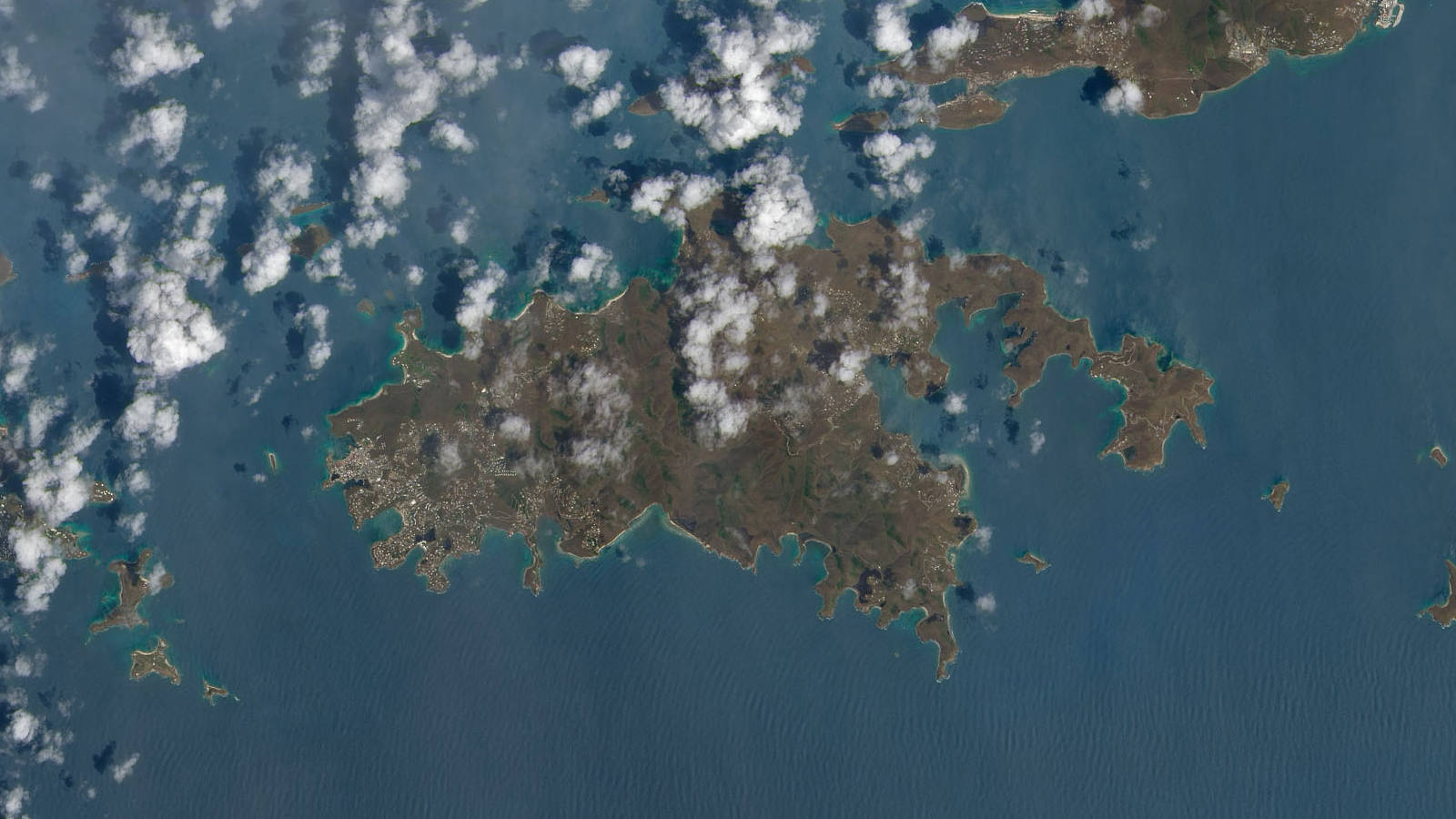
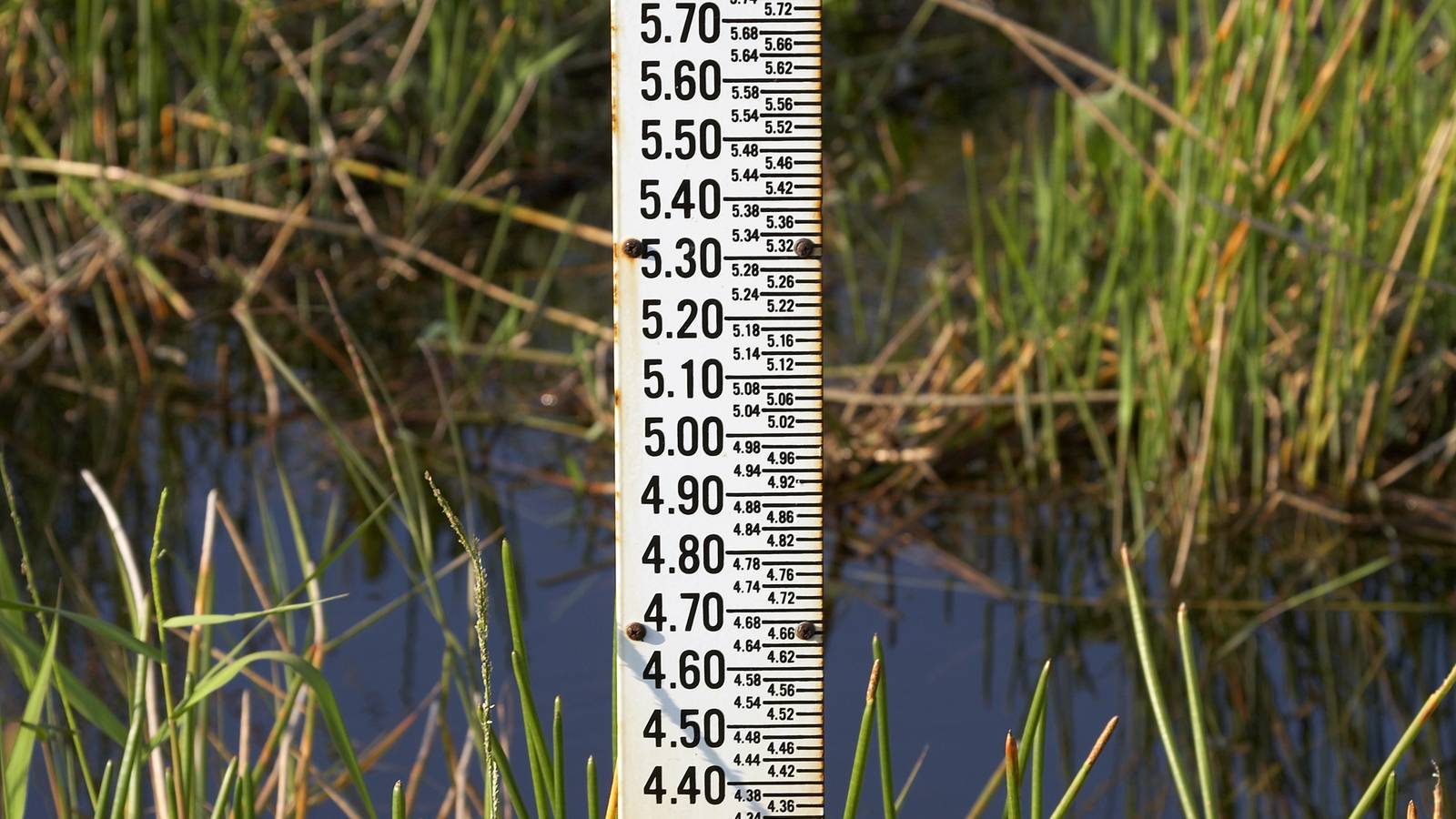
Climate Impact
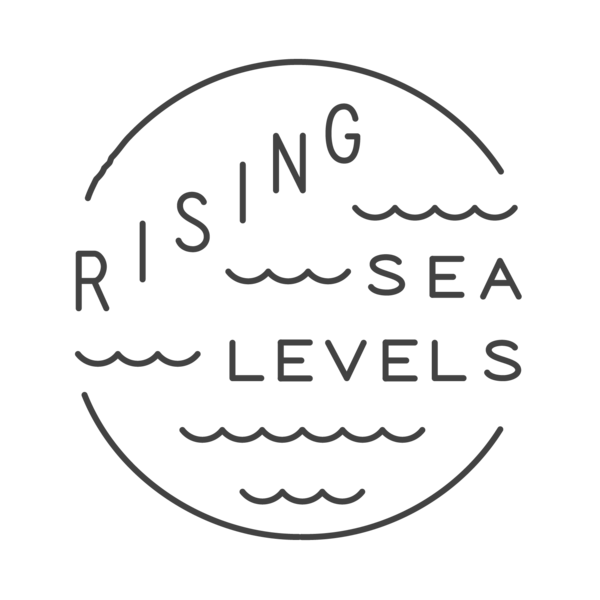

Climate Impact

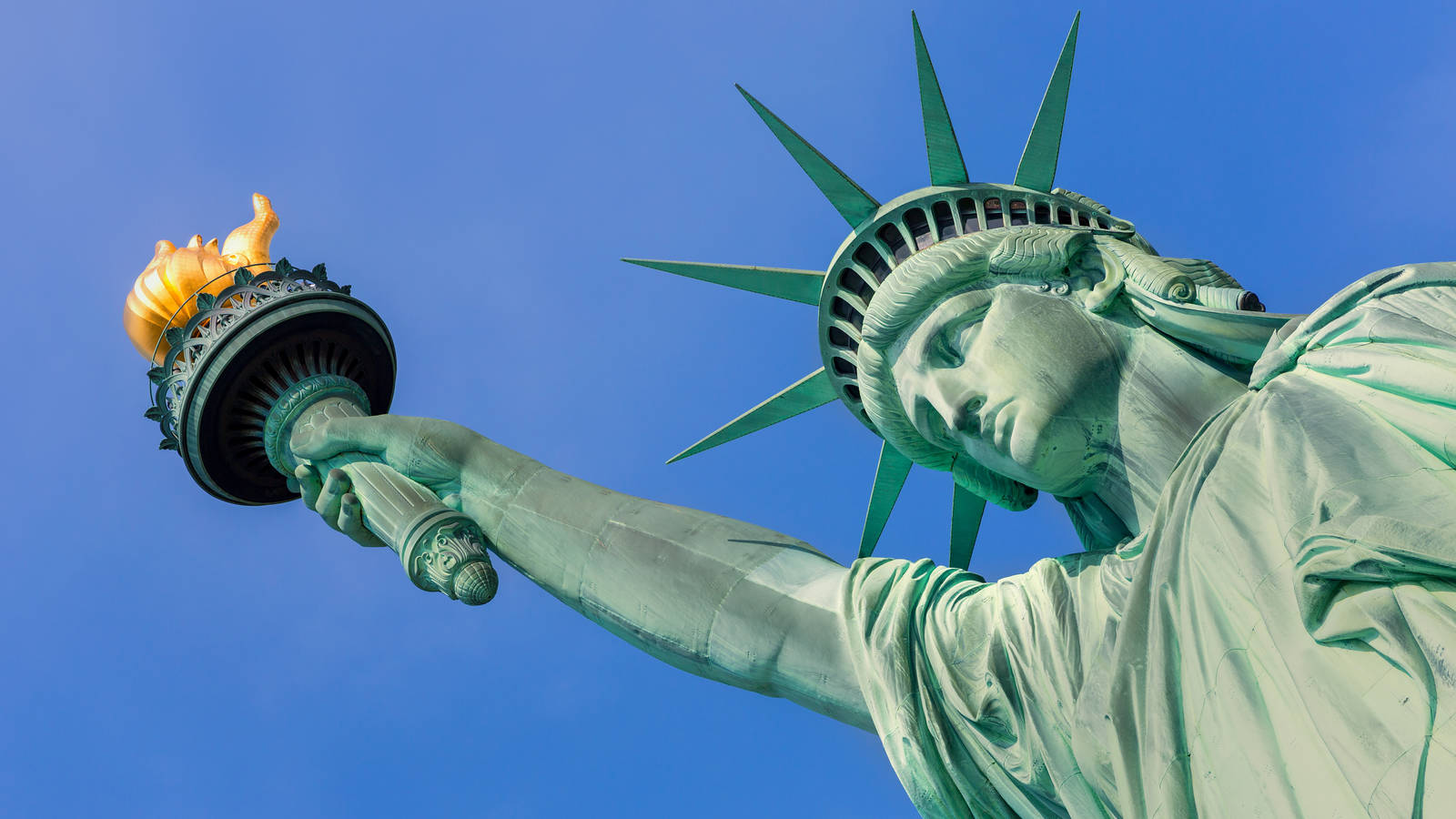
Climate Impact

Make a tax-deductible gift today to provide a brighter future for our national parks and the millions of Americans who enjoy them.
Donate Now